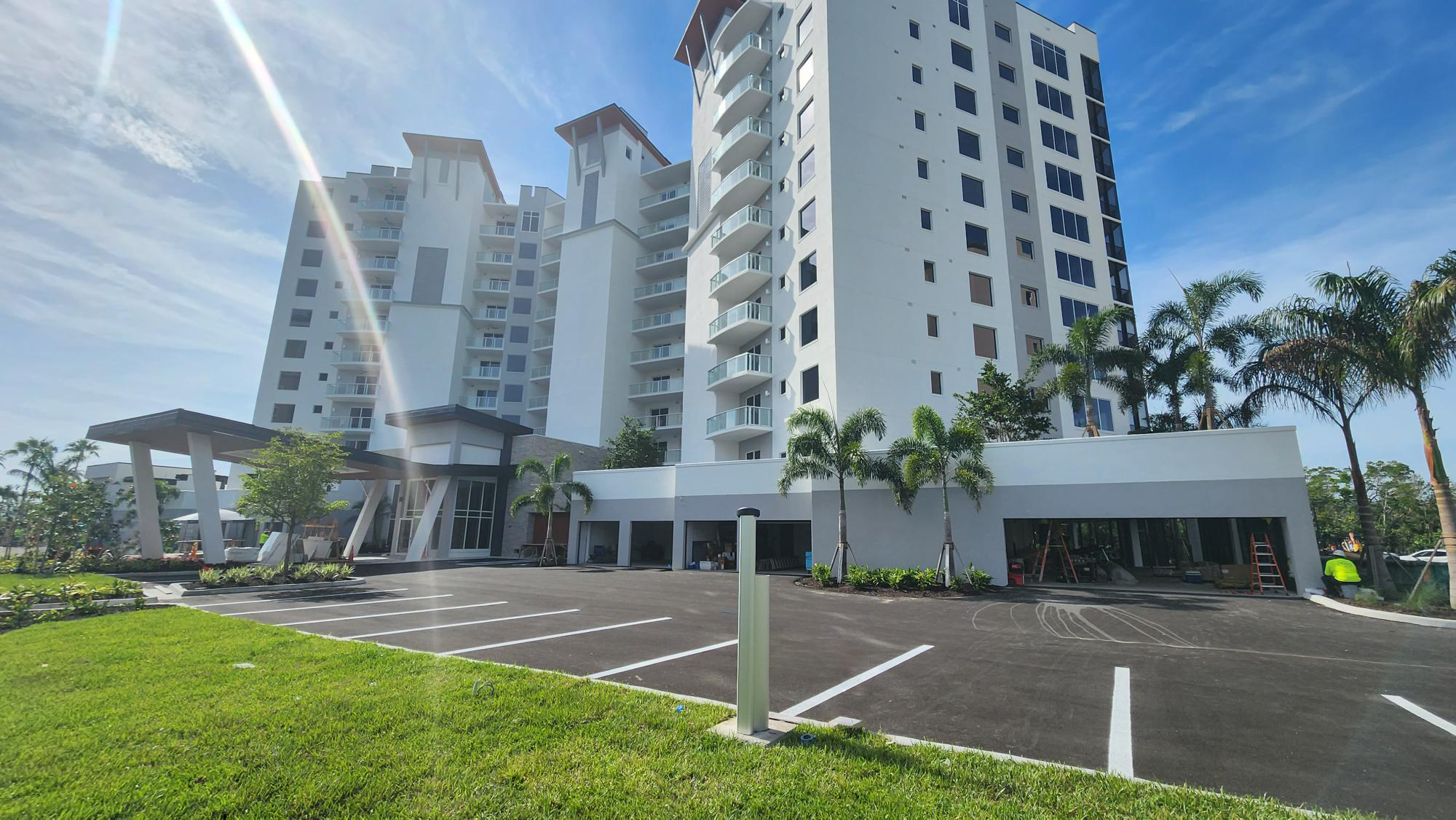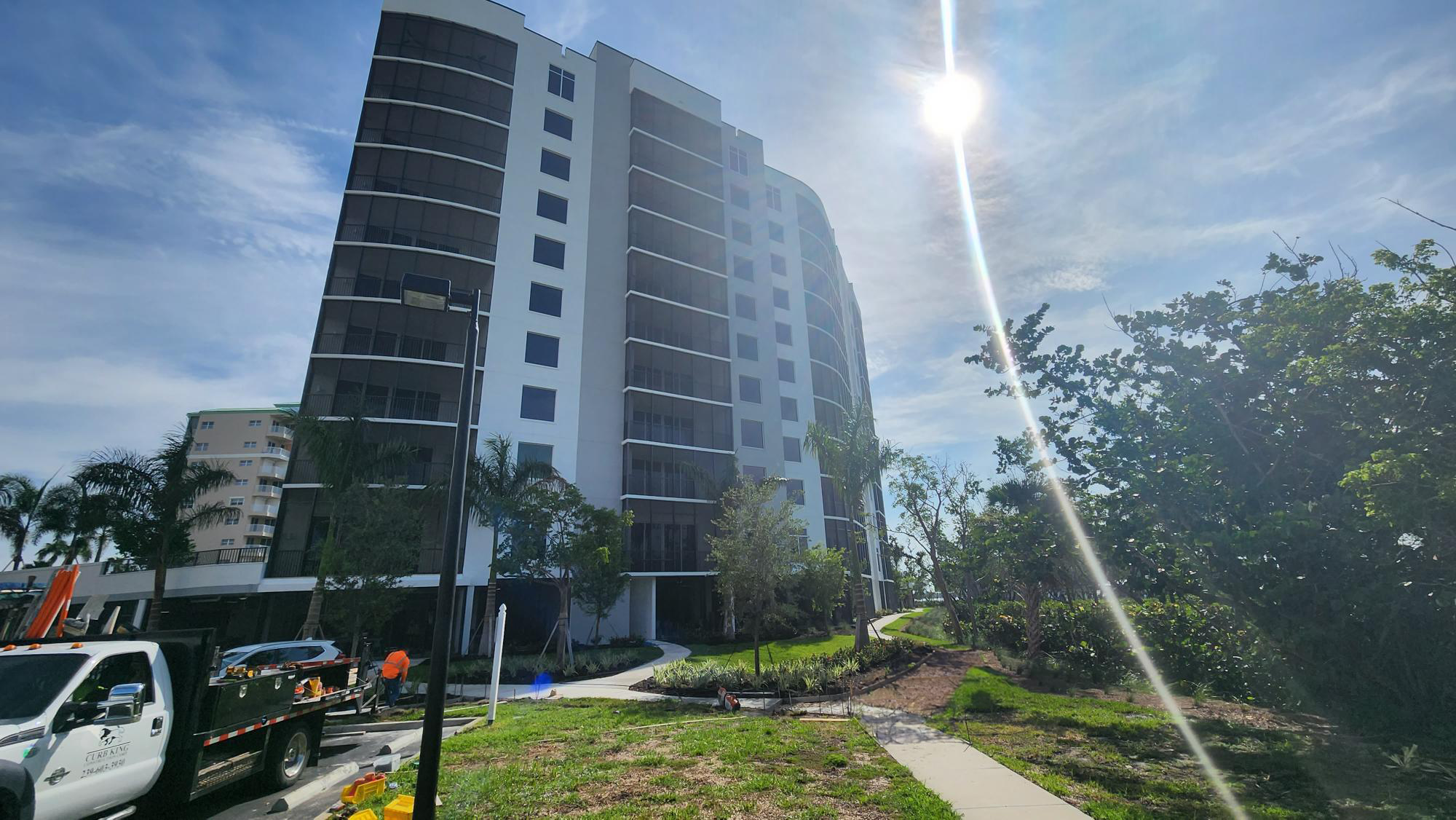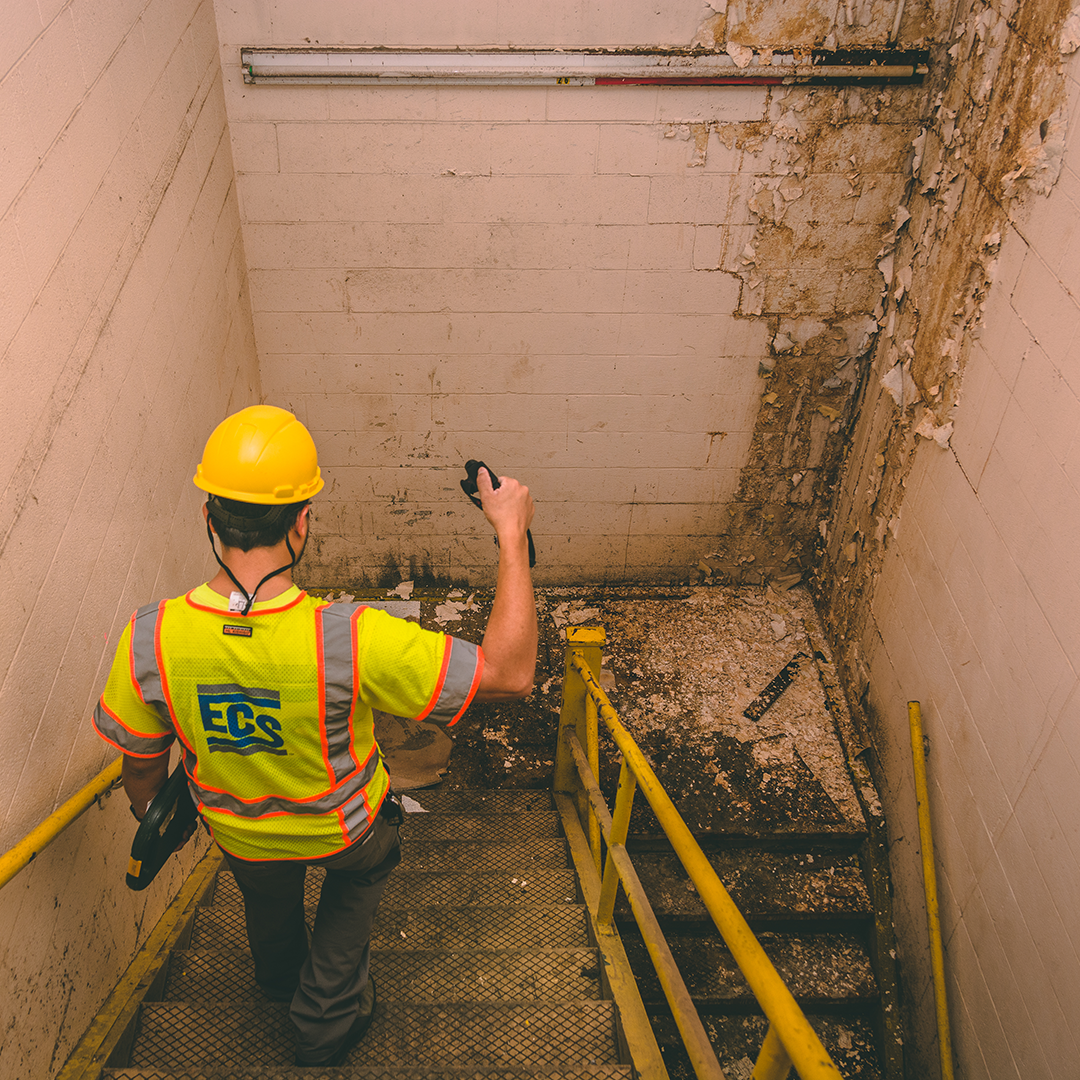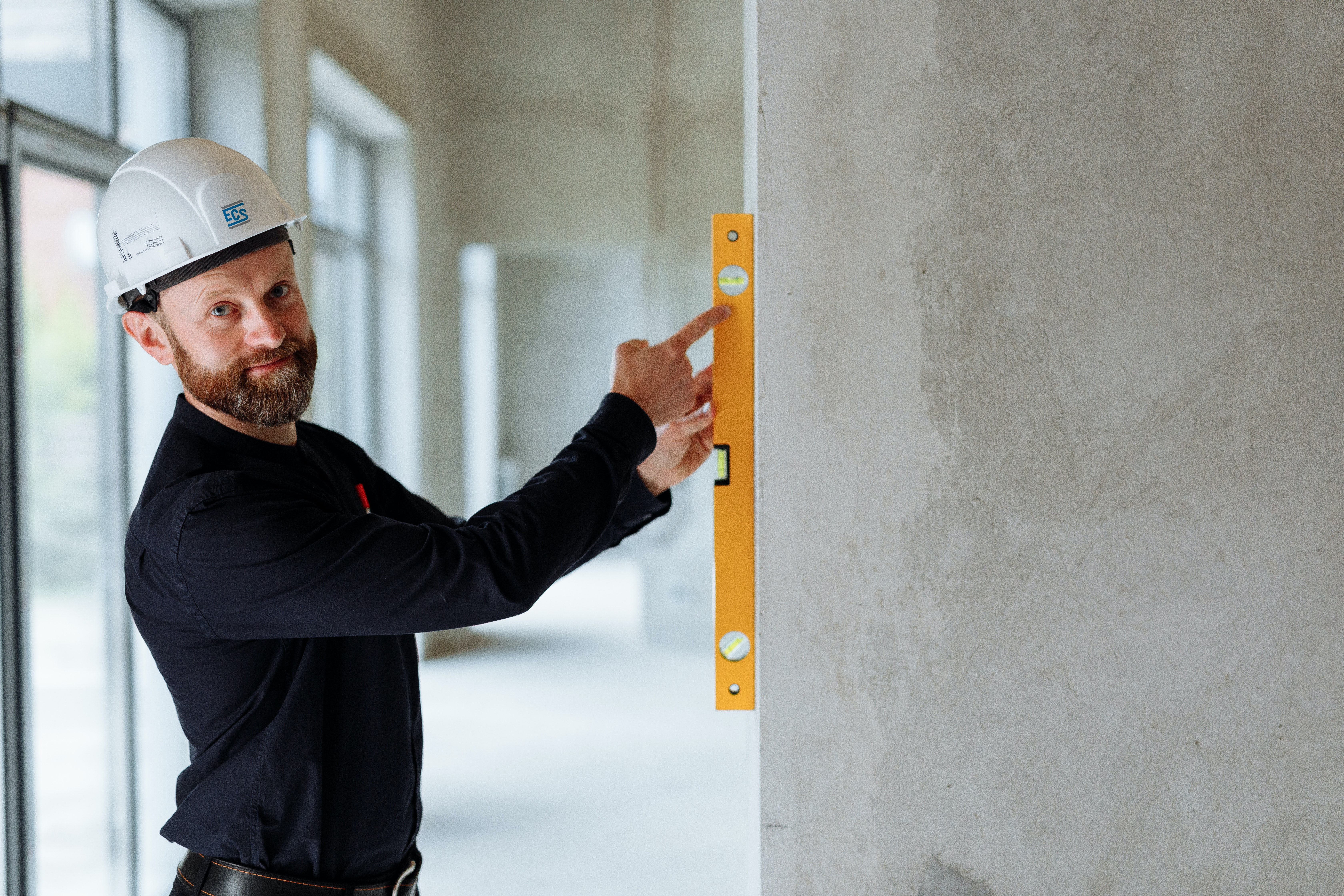Demystifying Milestone Inspection: A Key Service in Building Safety Florida
A “milestone inspection” is the structural inspection of a building performed by a licensed architect or engineer to ensure a building’s safety through an assessment of its structural components and general structural condition. The milestone inspection includes inspection of load-bearing walls and primary structural members and primary structural systems as defined by s. 627.706.
The report must attest to the life safety and adequacy of the structural components of the building and, to the extent reasonably possible, determine the general structural condition of the building as it affects the safety of such building, including a determination of any necessary maintenance, repair or replacement of any structural component of the building. The purpose of such inspection is not to determine if the condition of an existing building is compliant with the Florida Building Code.
“Substantial structural deterioration” means substantial structural distress that negatively affects a building’s general structural condition and integrity. The term does not include surface imperfections such as cracks, distortion, sagging, deflections, misalignment, signs of leakage, or peeling of finishes unless the licensed engineer or architect performing the phase one or phase two inspection determines that such surface imperfections are a sign of substantial structural deterioration.





